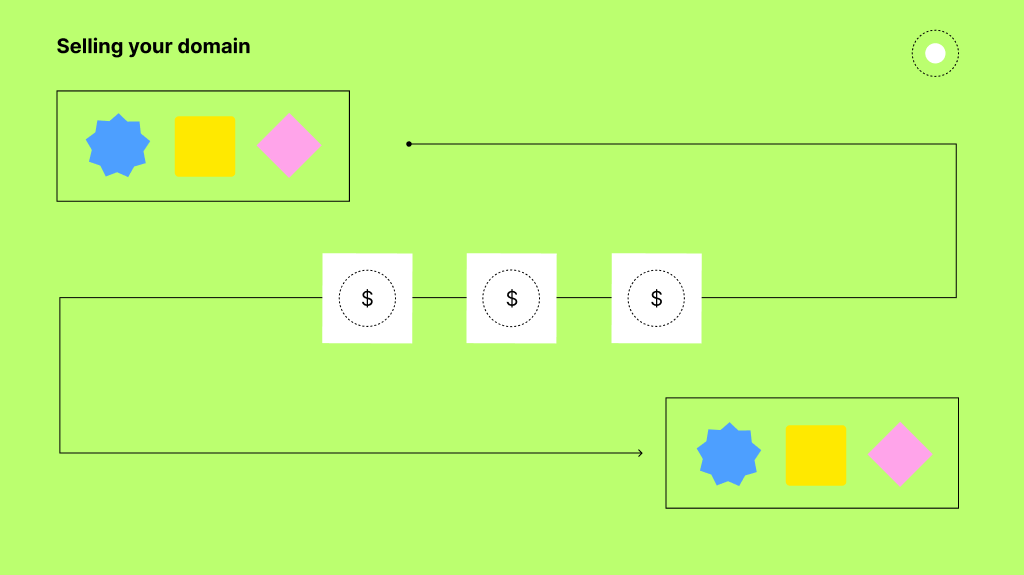If you’ve ever wondered whether there are any benefits to using subdomains or subdirectories within your website, you’re not alone.
Designing your website architecture is an important step, so it is essential to understand the different advantages to using subdomains and subdirectories so you can best decide on the strategy for your own site.
But What Are Subdomains?
Strangely enough, even though subdomains and subdirectories are a basic structural component in websites, they are often confused and misunderstood. The best way to illustrate the difference is as follows.
In the URL www.subdomain.domain.com/subdirectory/page, the subdomain is placed before the domain name and creates a splinter off from the original domain name to form a new but related domain that can operate independently. The subdirectory is actually a separate folder on the server, containing a particular group of pages.
Most commonly, subdomains are used to distinguish blogs from a main domain, creating a wall of separation, such as www.blog.mydomain.com. The appropriate links can still exist between the main site at mydomain.com and the blog, but by defining the subdomain, the separation allows greater flexibility of design and separation of files.
Another interesting use for subdomains is to distinguish different territories. For example, if a company requires different pages of information to be served to visitors in various countries, subdomains can conveniently divide the site into these territories. www.uk.mydomain.com can exist alongside www.fr.mydomain.com and so on, allowing UK shoppers to access information pertaining to them without becoming confused by French relevant information. This allows different territories to be catered for without resorting to using multiple domain names that could dilute your internet presence.
But What Are Subdirectories?
Subdirectories, on the other hand, are very useful for dividing a website for easy navigation. For example, the Netregistry website has many subdirectories containing the different groups of products available. There is one subdirectory called /domain-name-registration/ that contains all the webpages relevant to the registering of domain names. These pages are then called up with the url www.netregistry.com.au/domain-name-registration/requiredpage, providing a logical structure for visitors to use to navigate around the site.
By grouping pages into folders like this, it can make maintaining a large website far easier for the webmaster. A website such as netregistry.com.au can contain hundreds of pages of information, so subdirectories enable easy management of a large number of files as well as complimenting an instinctive navigation structure.
Are There any SEO Advantages?
When considering how to optimise your website for the search engines (SEO), it is worth considering how the search engines assess subdomains and subdirectories.
Traditionally, they are treated no differently. Whether the pages are stored in a subdomain or a subdirectory, they are crawled by the search engine spiders in the same way.
Where subdomains and subdirectories become interesting is with the concept of ‘host crowding’. Because the nature of subdomains is to splinter off distinct sections of a website, the search engines understand that they should be treated distinctly when being ranked in the natural search engine results. Therefore, Google allows up to two separate results to appear for each subdomain or subdirectory, if the pages contained are relevant to the search query.
This means that a search for Netregistry can produce search engine results containing multiple pages from the Netregistry site, up to two for each subdirectory or subdomain, allowing for more effective searches. In fact, Netregistry dominates the first page of results when searching for the business name, each result belonging to a different subdomain or subdirectory. Without this concession in the algorithm, it is possible for a huge website with many relevant pages to the search to only appear once in the search listings, denying the user from seeing many other relevant pages that may answer their query better.
The downside to this is that certain webmasters have been able to dominate certain search results by creating multiple subdomains, allowing their webpages to appear many more times in the natural search results than other more relevant websites without subdomains, in a form of subdomain ‘spam’.
Because of this, Google recently announced changes to their algorithm to limit subdomains dominating search results, instead processing them in the same way as subdirectories or folders, unless particular exceptions may be allowed (such as a company search, which is why the Netregistry example still works.)
Therefore, it is best to have fewer subdomains or subdirectories and to ensure they are effectively optimised, as under the new system, more subdomains may actually dilute your results instead of enhancing them.
So Which Should I Use?
For the new webmaster, it is best to stick with subdirectories, by simply creating folders on the server to contain the relevant pages. Subdomains require more work in migrating website files and domain name redirection that is best left to webmasters with a firm grasp of their website architecture.
About the Author
Jonathan Crossfield is the Marketing Communications manager for Netregistry. He is a regular contributor on internet business to Nett Magazine.

.webp)


